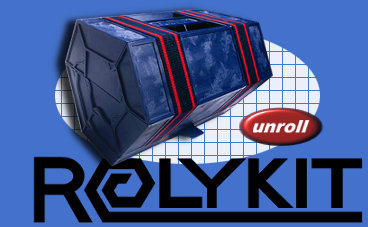Power over ethernet, sorta
So we’re still busy decking out the new facility and one of the things we wanted to get up and running is some cheap surplus ethernet cameras to … keep an eye on things and check out whats going on remotely. So I thought I’d go ahead and set these guys up.

First thing up was to make some cat5 cables. I got a cheapo crimper, cable tester, and connectors off eBay. While trying to figure out how much cable I need to run I was thinking about how I’m going to plug the cameras in to supply power. They have wall warts with barrel jacks running 12 volts. I started thinking about how power over ethernet works and thought I’d try to see how I can do the same thing to run the power to the camera. These aren’t POE cameras so the idea was to only half crimp the connectors, and use the unused pairs to run the 12 volts.
Here is the layout of how cat 5 cables should be done. Credits to wikipedia.

So there are 2 color coded standards for crimping cables, but oddly enough, the ones we care about are blue, blue/white, white/brown, and brown. Pins 4, 5, 7, 8. These pins aren’t used in 10/100 connections, however if it was gigabit then they would be used. So the unused pins are the same on both standards, so I just chose the first one.



























